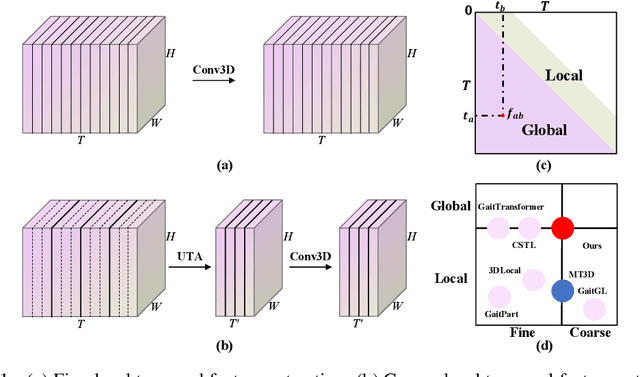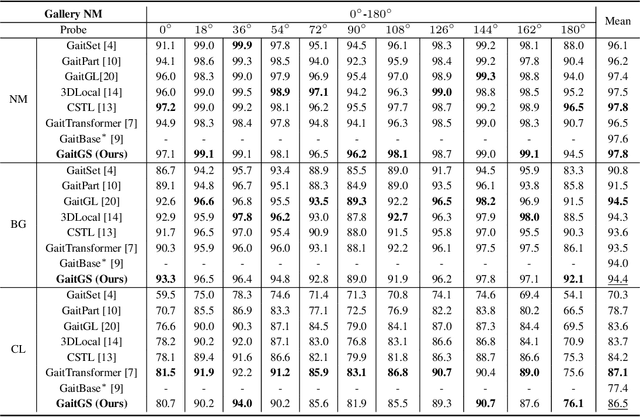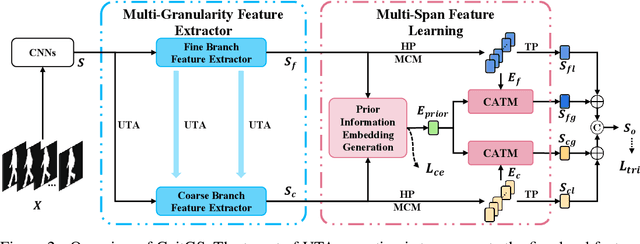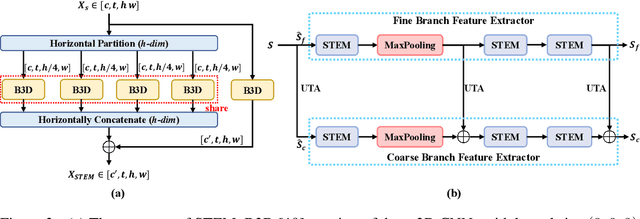Yunze Deng
LiCAF: LiDAR-Camera Asymmetric Fusion for Gait Recognition
Jun 18, 2024



Abstract:Gait recognition is a biometric technology that identifies individuals by using walking patterns. Due to the significant achievements of multimodal fusion in gait recognition, we consider employing LiDAR-camera fusion to obtain robust gait representations. However, existing methods often overlook intrinsic characteristics of modalities, and lack fine-grained fusion and temporal modeling. In this paper, we introduce a novel modality-sensitive network LiCAF for LiDAR-camera fusion, which employs an asymmetric modeling strategy. Specifically, we propose Asymmetric Cross-modal Channel Attention (ACCA) and Interlaced Cross-modal Temporal Modeling (ICTM) for cross-modal valuable channel information selection and powerful temporal modeling. Our method achieves state-of-the-art performance (93.9% in Rank-1 and 98.8% in Rank-5) on the SUSTech1K dataset, demonstrating its effectiveness.
GaitGS: Temporal Feature Learning in Granularity and Span Dimension for Gait Recognition
Jun 01, 2023



Abstract:Gait recognition is an emerging biological recognition technology that identifies and verifies individuals based on their walking patterns. However, many current methods are limited in their use of temporal information. In order to fully harness the potential of gait recognition, it is crucial to consider temporal features at various granularities and spans. Hence, in this paper, we propose a novel framework named GaitGS, which aggregates temporal features in the granularity dimension and span dimension simultaneously. Specifically, Multi-Granularity Feature Extractor (MGFE) is proposed to focus on capturing the micro-motion and macro-motion information at the frame level and unit level respectively. Moreover, we present Multi-Span Feature Learning (MSFL) module to generate global and local temporal representations. On three popular gait datasets, extensive experiments demonstrate the state-of-the-art performance of our method. Our method achieves the Rank-1 accuracies of 92.9% (+0.5%), 52.0% (+1.4%), and 97.5% (+0.8%) on CASIA-B, GREW, and OU-MVLP respectively. The source code will be released soon.
 Add to Chrome
Add to Chrome Add to Firefox
Add to Firefox Add to Edge
Add to Edge